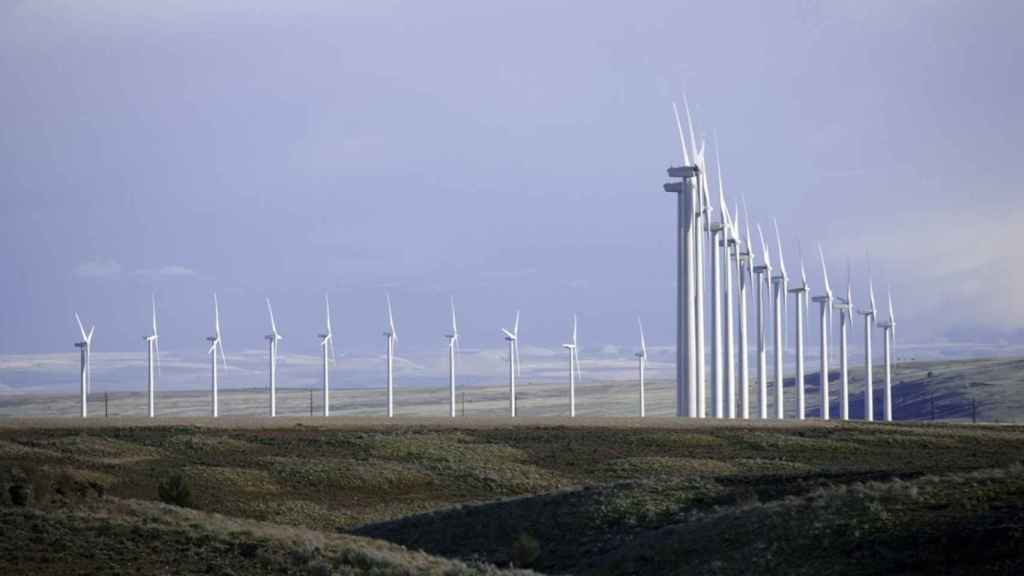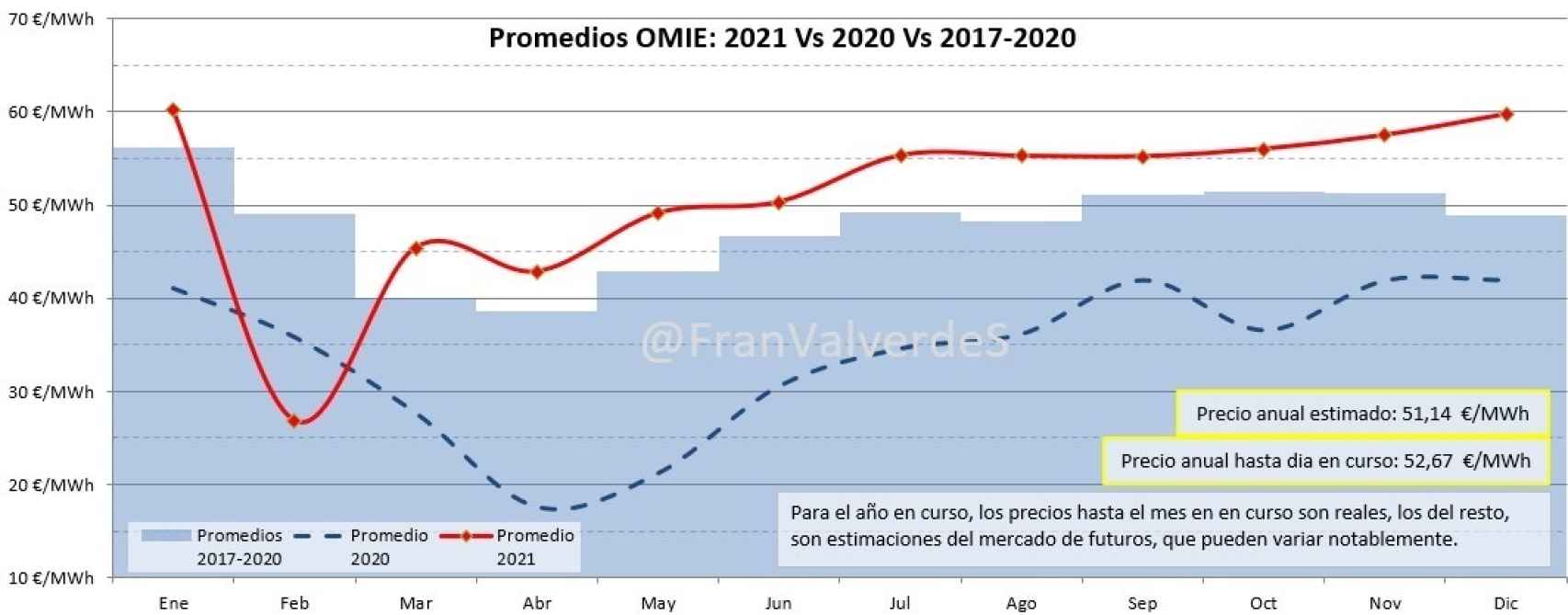Related news
The storm Filomena has left the first month of 2021 as one of the most atypical in the electricity market. After the ‘crazy prices’ that were reached just a month ago, exceeding the peak from 94.99 euros / MWh. “If the average for the entire month of January is compared to the first nine days of February, the price has fallen by 55.4%“, he explains to Invertia, Francisco Valverde, consultant and expert in the electricity sector.
The average of these days stands at € 26.85 / MWh while that of January was 60,17 €/MWh. “That is if we compare it with a whole month, but if we talk about the same week in January, the difference is greater, with € 66.75 / MWh on average,” adds Valverde. That would mean a 59.8% drop.
Even today, Tuesday, February 9, the average is very low 7.1 euros / MWh, although far from from the minimum that marked on Sunday, January 31, when it reached 1.42 euros / MWh.
But Why is this price disparity? “You just have to observe what happened in the first fifteen days of January, the storm Filomena, with a historic snowfall in much of the country, and then the cold wave with sub-zero temperatures that forced to use more energy to heat the houses “, explains the expert.
Majadahonda Police Station, during the storm Filomena.
Majadahonda
–
–
The perfect Storm
In those days it was created and never better said, the perfect Storm’. The demand for energy was joined by pressure in the international natural gas market, the increase in CO2 prices and low renewable generation.
However, now almost the opposite is happening. “The gas markets have normalized, the wind is blowing above the average of other years, and demand has fallen due to warmer temperatures that mean that so much heating is not needed,” says the expert.
What has not changed, and if it has, is for the worse, is the price of CO2, which climbs the historical record to touch 40 euros. This affects the increase in cost of one of the technologies that usually mark the marginalist prices of the electricity market: combined cycles, which burn gas.
And in the case of wind, this situation is expected to change again as of Wednesday, the consequence of which is lower wind energy production.

–
Prices almost € 0 / MWh
The prices of the OMIE (Energy Market Operator) in this week of February they have touched zero euros per megawatt hour in a few hours, “although the final price has not dropped by one cent, 1.2, and this is because almost all of this increase corresponds to adjustment services, and more specifically technical restrictions, “says Valverde.
That tuning service works when REE (Red Eléctrica) you need more electricity than you originally planned to keep the balance between production and consumption.
“In these technical restrictions, which usually occur at night, there is a node that requires the entry of one or more cycles, and which is usually paid at the price that the owner of the plant wants.” These days, it has reached 110,000 euros / MWh in one hour, “since it is a small amount for a specific area, the transfer in the final price is not appreciated.”

Averages OMIE, FRANCISCO VALVERDE
–
–
An expensive 2021
So far in February, the price of electricity has fallen more than normal, with 26.85 euros / MWh, but the futures market remains “obstinate in placing the barrier in more than 50 euros / MWh for all this year “.
“Everything will depend on the pumping systems of the hydroelectric plants, which in most of the hours are the ones that mark the marginalist market “.
“When in Spain there are other storage technologies and competition expands, these opportunistic prices are probably not so easy to get. “Another thing would be” that these new energy storage plants are owned by the same hands, then we would be the same as always, “concludes the expert.
– .


